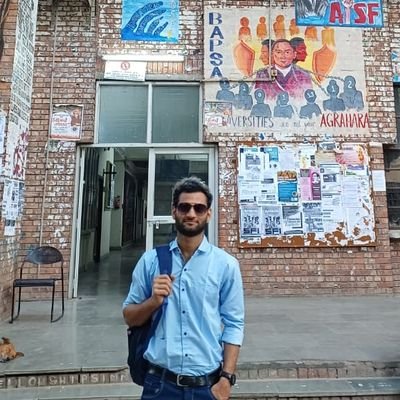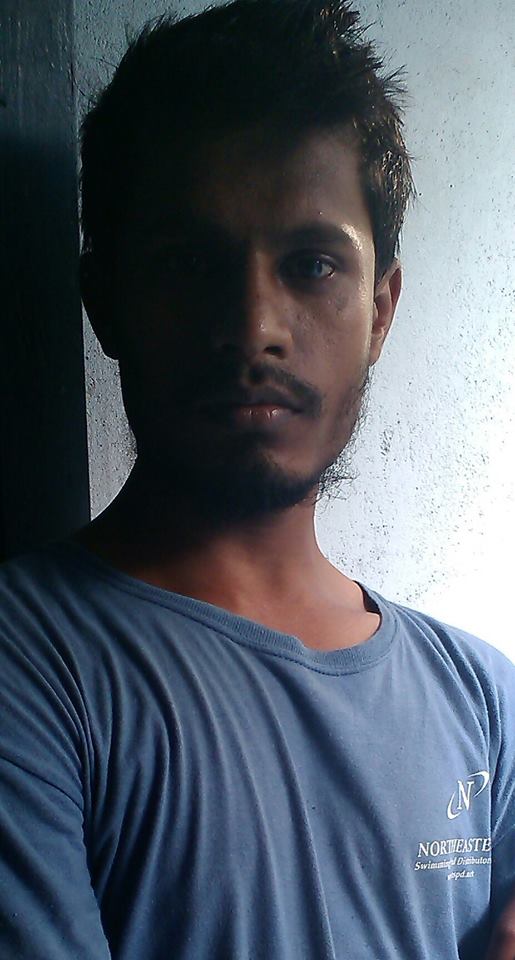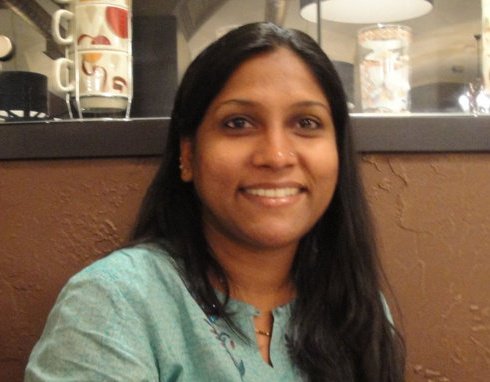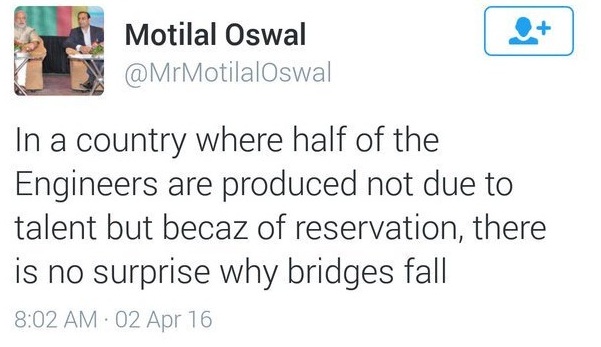Vaibhav Kharat
The recent notification by the UPSC, inviting applications for 45 lateral entry posts at the levels of Joint Secretary, Director, and Deputy Secretary across 24 Union government ministries, has reignited the toxic debate of meritocracy vs reservation. The government’s promotion of lateral entry as a tool to bring in fresh talent and expertise is nothing but a smokescreen—a cynical ploy that masks a deeper, insidious agenda. Opposition parties and leadership in social movements and Ambedkarite in academia and in public spheres have rightly condemned the policy for this attempt to deliberate exclusion of SC, ST, and OBC candidates. This policy, under the garb of expertise and meritocracy, is a calculated mechanism to entrench the caste system further and perpetuate the systematic institutional exclusion of Adivasi, Dalit, Bahujan, Muslim, Women, and other marginalized communities. This is not a failure of policy but a conscious design of a sophisticated system of caste apartheid clothed in the deceptive language of innovation, efficiency, expertise which are very characteristics of so called ” Merit ”
In India, meritocracy is a cruel, a cynical illusion, a carefully engineered facade that maintains and perpetuates the caste-based stratification under the guise of fairness and equality. As professor Harish Wankhede (JNU) says “In India, Meritocracy or so called merit comes from the historical Brahminical hegemony , which has saturated through the Hindu caste system since the British Colonisation” So the concept of “merit” is a social and psychological construct devised by the Savarna elite to preserve their dominance while systematically excluding Dalits, Adivasi’s, OBCs, and other marginalized communities from meaningful participation in societal institution. Merit in this context is nothing more than a refined lie, weaponized to maintain the status quo of Savarna hegemony across social institutions and the everyday world.
The Currency of Caste Privilege as capital.
Pierre Bourdieu’s framework of cultural capital strongly help to reveals the illusion of merit as a product of individual talent or hard work. Instead, it exposes merit as a currency of privilege, accumulated and monopolized by the Savarna castes over generations. This cultural capital—comprising access to elite schools, mastery over English, the nuances of social etiquette, and an intrinsic understanding of the norms and values esteemed by powerful institutions—has been hoarded and guarded by the Savarna castes. Their children are groomed from birth, socialized into the very habitus that aligns seamlessly with the demands of meritocratic institutions, ensuring that they remain at the top of the social ladder.
Take, for example, the dominance of upper-caste individuals in India’s most prestigious educational institutions—such as the IITs, IIMs, AIIMS and other private/public institutions . These institutions, often hailed as the temples of Indian meritocracy, are in reality Agrahara’s of Savarna privilege. The entrance exams, purportedly designed to measure intelligence and capability, are in fact deeply biased in favour of those who can afford private tutoring, English-medium education, and the luxury of time and space to prepare intensively—privileges that are systematically denied to the majority of SC, ST, and OBC students. The myth of meritocracy in these institutions is a grotesque parody, where the real measure of success is not talent or hard work, but the economic and cultural capital inherited from one’s caste and socio-economic capital.Consider the booming coaching industry in Delhi, Pune, Kota and other cities are factories churning out future administrators , engineers and doctors. The inordinate fees, the relentless grind, the single-minded focus on cracking competitive or entrance exams—all of these are luxuries that only the economically and culturally privileged can afford. The fact that success in these exams is then equated as the pinnacle of merit shows the deep-rooted casteism embedded in the very concept of meritocracy. It is not about intelligence or capability; it is about who has the money, time, and social connections to succeed.
Later another Bourdieu’s concept of the social field as a battleground where different forms of capital are deployed to maintain dominance is painfully evident in the Indian context. The educational field is not a level playing field but a rigged game where the rules are set by and for the Savarna castes for example policy of lateral entry, policy of privatisation, remission of debt or taxation to the Savarna Bania capitalists. This is not just a matter of exclusion but of active symbolic violence—where the standards of success are crafted to ensure that SC, ST, and OBC students are always kept at the margins, made to feel inadequate, inferior, and out of place or FOMO. This symbolic violence is reinforced by the institutional practices within these fields that systematically disadvantage marginalized communities. The caste-based discrimination faced by Dalit students in higher education is not an exception but the norm. From subtle biases in grading to overt acts of exclusion and harassment, the message is clear: these institutions are not for you , you do not belong to here it’s our Agrahara’s . The tragic suicides of Rohith Vemula and Payal Tadvi, and many more Dalit and Adivasi students driven to despair by the relentless casteism they encountered in their universities, are stark reminders of the lethal consequences of this exclusionary system. Their deaths are not isolated incidents but the inevitable result of an educational system designed to uphold caste supremacy at all costs.
The Tyranny of Meritocracy: ideological domination
Michael J. Sandel’s critique of the tyranny of merit exposes the moral rot at the heart of meritocracy and how it’s a myth only. In India, this tyranny is not just an abstract concept but a brutal reality—a weapon and shield use by the Savarna elite to maintain their caste hegemony. The idea that success is purely the result of individual effort and capacities is a lie, a convenient fiction that allows the privileged to justify their dominance while stigmatizing the marginalized as “reserved” “undeserving” or “incapable.” It is a narrative that alienate, dehumanizes and devalues those who do not conform to the narrow, caste-defined criteria of merit and advantage them(Savarna) to come with policies like lateral entry so Merit can revive and celebrate.The UPSC, IIT-JEE and CAT exams are celebrated as symbols of Indian meritocracy, yet they are deeply flawed in their approach. These exams do not reward intelligence but a specific type of intelligence that is the product of years of cultural grooming, access to resources, and social support—factors overwhelmingly concentrated within Savarna families. The fact that these institutions remain disproportionately populated by upper-caste students is not a testament to merit but to the enduring power of caste-based privilege and habitus. The meritocracy that these exams supposedly represent is a sham, a cruel joke played at the expense of the most marginalized in Indian society.
Meritocracy as reproducing Caste
The myth of meritocracy in India is predicated on the falsehood that everyone has an equality of opportunity and equal platform to succeed if they work hard enough to avail their equity. This is not just a lie; it is a vicious, calculated deception. As Prof. Vivek Kumar(JNU) keeps arguing that ” The starting line in this race is not the same for everyone – those from Savarna backgrounds begin the race with a significant head start, buoyed by to thousands of generations of accumulated advantage and cultural capital while Dalits, Adivasi’s, and OBCs are left to compete with enormous social, economic, and cultural handicaps “. In addition, Economic policies and social structures in India are deliberately designed to exacerbate this divide. The privatization of education and infrastructure for instance, has led to the proliferation of elite institutions accessible only to those who can afford required excessive fees. The Savarna castes, with their economic or socio-cultural clout, can buy their way into these institutions, further consolidating their hold on cultural capital and social power. Meanwhile, government schools ,colleges, universities where the majority of SC, ST, and OBC students study, are underfunded, understaffed, and often neglected, ensuring that the cycle of exclusion and separation continues unabated. The myth of equal opportunity is a cruel malicious deception, a narrative designed to obscure the systemic inequalities and discrimination that shape every aspect of Indian society. That’s why on very similar lines of Michael J. Sandel , Meritocracy in India is not just a myth ; it is a sophisticated form of caste supremacy, a mechanism of social control and social exclusion disguised as fairness. The very concept of merit, as it is in India, serves to perpetuate the existing caste order, ensuring that the Savarna elite maintain their stranglehold on power, resources, policies and opportunities. The concept of merit must be critically dismantled and reimagined, reinvestigated and reconceptualised to acknowledge the profound social and structural inequalities that shape who gets to succeed in this deeply hierarchical society.
The real challenge is not to reform the current system but to dismantle the ideological foundations of meritocracy that serve to legitimize and concretise caste-based deprivation. The promise of merit, as it stands, is a cruel joke—a lie that upholds the caste status quo at the expense of the most marginalized in Indian society. To continue to believe in this myth is to be complicit in the systemic violence that this illusion of meritocracy inflicts on those who are condemned to the margins by the caste system. The time has come to attack and expose meritocracy so government should not come with the policies based on meritocracy but representation and for what it truly is: a weapon of caste domination, a tool of oppression, and a barrier to true social justice so then and then the democracy of representation will survive and thrive over democracy of meritocracy as envisioned by our Bahujan icons.
~~~
Vaibhav Kharat, is a graduate in sociology from Fergusson College, Pune, and is currently pursuing MA in Sociology from, the Center for The Study of Social Systems (CSSS ), JNU, New Delhi. He’s active in the Ambedkarite Movement at college and university campuses and has a keen interest in Anti- Caste philosophy, Pragmatism and Feminist Philosophy.










